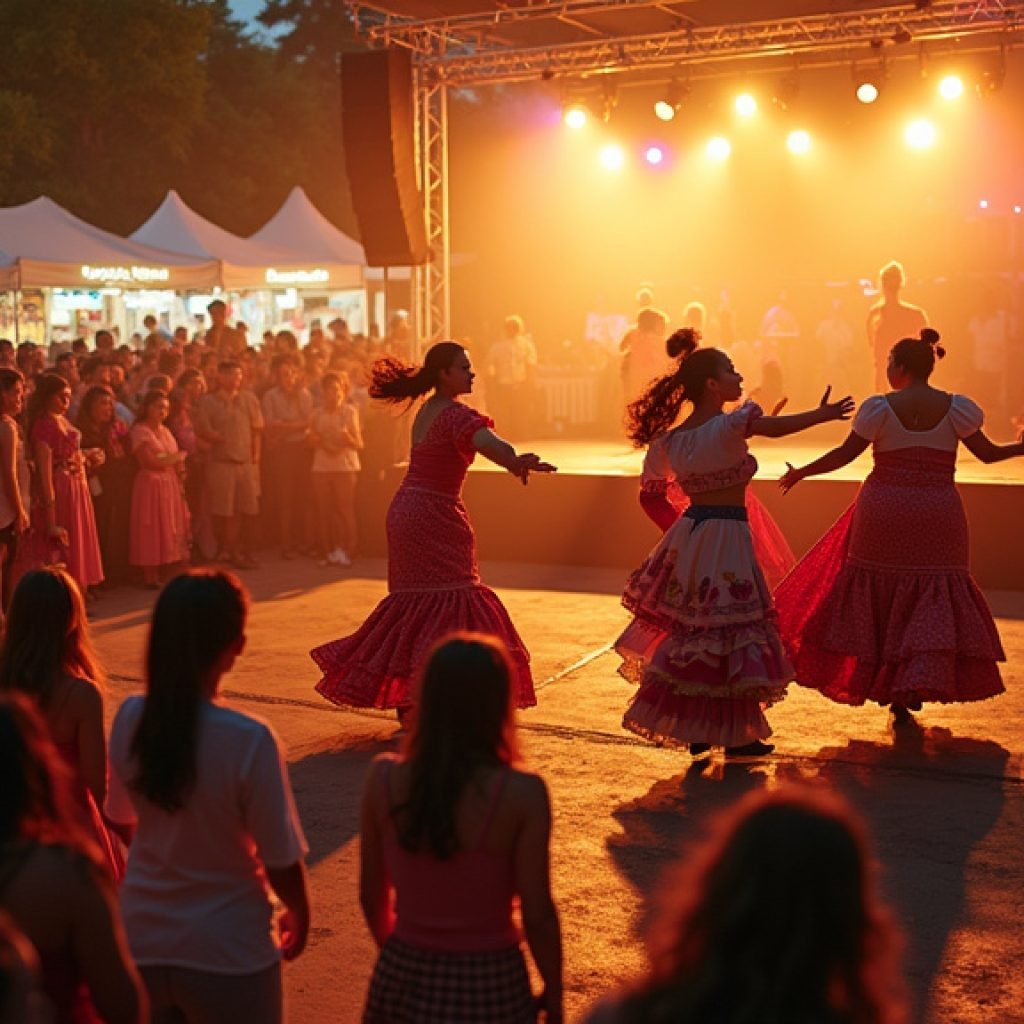A vibrant and undeniable fusion is reshaping the global music landscape, as artists from Latin America and West Africa discover and amplify a shared rhythmic dialect. Driven by digital connectivity and a deep, historical resonance, this cross-continental dialogue has birthed a new era of musical innovation, where Afrobeats and Latin rhythms intertwine to create a sound that is both familiar and refreshingly new.
Echoes of Heritage: The Deep Roots of Connection
The current surge in collaborations between Latin American and West African musicians is not an overnight phenomenon, but rather a modern manifestation of centuries-old cultural ties. The transatlantic slave trade forcibly brought millions of Africans to the Americas, carrying with them rich musical traditions that would form the bedrock of many iconic Latin American genres. From the intricate polyrhythms of salsa and samba to the percussive heart of cumbia and reggaeton, African musical DNA is woven deeply into the fabric of Latin music. This shared heritage means that the melodies and beats emanating from West Africa often strike a chord of familiarity, making the current fusion feel less like an imposition and more like a homecoming or a “rhythmic reunion”.
The Digital Bridge: How the Internet Forged New Connections
While historical links provide the foundation, it is the advent of the internet and streaming platforms that has truly accelerated this cultural exchange. Digital technology has democratized music, leveling the playing field and enabling artists from disparate continents to connect directly, share ideas, and collaborate organically. Platforms like Spotify have become crucial hubs, not only for consumption but also for curation, with user-generated playlists dedicated to these fusions gaining immense traction. This accessibility allows fans to discover music on their own terms, bypassing traditional industry gatekeepers and fostering a grassroots movement that fuels the growth of new subgenres like “Latin Afrobeats”.
Trailblazers and Chart-Toppers: Artists Forging the Future
A new generation of artists is at the forefront of this sonic convergence, spearheaded by collaborations that have garnered significant critical and commercial success. Nigerian Afrobeats pioneer Mr Eazi and Colombian reggaeton superstar J Balvin exemplify this trend. Their “brotherly” connection, which began with Balvin selecting Eazi as an opening act for his tour, has led to multiple successful collaborations, including “Lento” and “Arcoíris,” the latter earning a prestigious Latin Grammy.
Colombian artist Kapo has become a prominent figure, blending Afrobeats influences with his Latin style. His tracks “Ohnana” and “Uwaie” achieved chart success on the Billboard Global 200, with “Ohnana” topping the Latin Rhythm Airplay chart. Puerto Rican artist Rauw Alejandro collaborated with Nigerian Afrobeats star Ayra Starr on “Santana,” a massive hit that garnered over 300 million streams on Spotify and earned Starr a Latin Diamond certification. Similarly, Ozuna’s remix of Omah Lay’s “Soso” married reggaeton smoothness with raw emotional delivery, showcasing another successful fusion. These are just a few examples of an expanding roster of artists, including Bad Bunny, Burna Boy, Davido, Maluma, and Anitta, who are actively participating in this cross-continental musical conversation.
The Numbers Speak Volumes: Explosive Growth in Listenership
The impact of this musical cross-pollination is quantifiable. In 2025, Afrobeats listenership in Latin America saw a remarkable year-on-year growth of over 180%. Spotify data reveals substantial increases in Afrobeats streams across the region, with Argentina and Mexico experiencing over 400% growth since 2020, and Brazil showing a 500% surge. Colombia leads in total hours streamed, with 25 million hours logged in 2025 alone. The dedicated subgenre “Latin Afrobeats” has reportedly grown by over 6,000% since 2020, and listenership for collaborative playlists like “Afro-Ritmo” has surged by more than 180% in 2025. Globally, the Afrobeats genre itself has experienced exponential growth, with streams on Spotify exceeding 13 billion in 2022, a 550% increase since 2017.
A Reciprocal Creative Dialogue
This phenomenon is far more than a simple trend; it is a deep, reciprocal cultural dialogue where artists are not just borrowing sounds but actively reimagining and reinterpreting them through their unique cultural lenses. It’s a testament to the power of music to transcend geographical and linguistic barriers, fostering a sense of global unity. As digital platforms continue to evolve and artists push creative boundaries, this fusion of Latin American and West African music is poised to further enrich the global music industry, creating a dynamic and ever-expanding sonic tapestry for years to come.


























